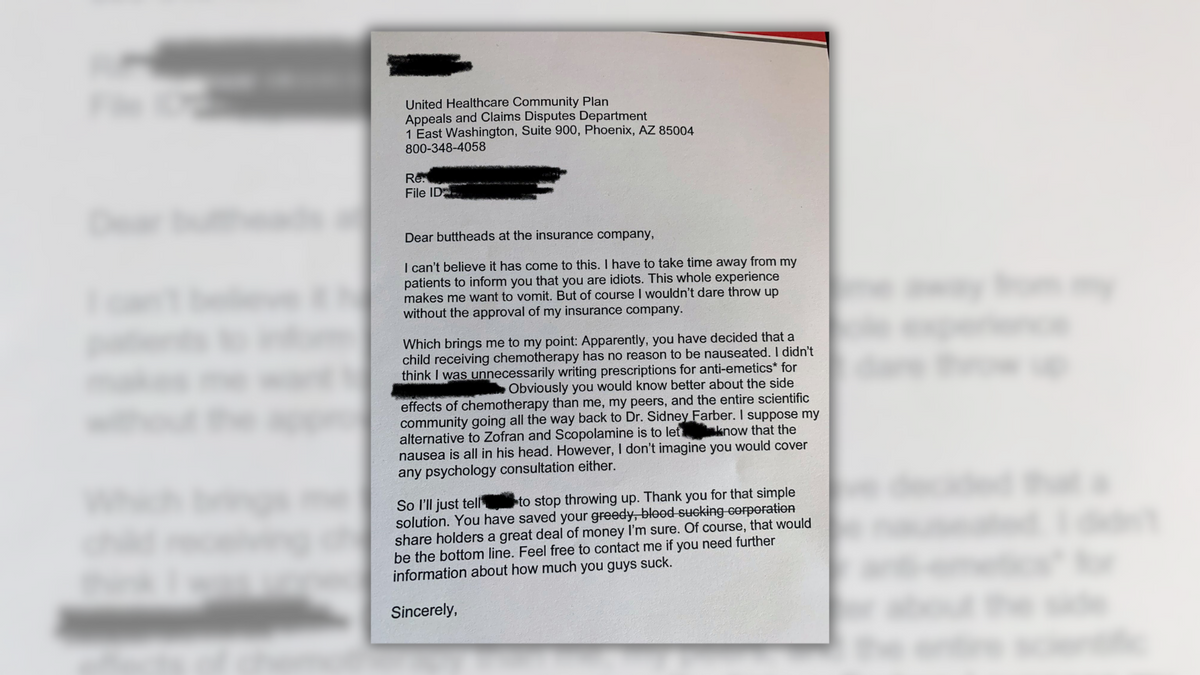Here’s what you need to know about a rise in strep throat cases

State and local medical officials are warning people about a rise in cases of strep throat, following the deaths of two Illinois children after being diagnosed with a severe strain of the bacteria.
A 4-year-old from Peoria and a 7-year-old from Bloomington died in the past month after being hospitalized with strep.
“Both were seemingly healthy children who acquired a strep infection. Both were appropriately treated but, unfortunately, different people respond differently to antibiotics and to treatment. Strep infections can progress in spite of the use of broad-spectrum antibiotics,” said Peoria County Coroner Jamie Harwood. “That’s the case with these two girls — their conditions continued to deteriorate, the strep continued to spread. It was a sad situation where their bodies just couldn’t handle the infection.”
The increase in cases forced the Illinois Department of Public Health last week to sound the alarm about the rise of a potentially deadly strain of strep: invasive group A strep.
What is strep throat?
Strep throat is an infection caused by a bacteria called group A streptococcus; hence the name. According to the Centers for Disease Control and Prevention, strep can be spread through direct contact or inhaling respiratory droplets from someone who is infected.
Symptoms include sore throat, pain when swallowing, fever, swollen and pus-covered tonsils, red spots at the roof of the mouth known as petechiae, and swollen lymph nodes at the front of the neck.
What’s the difference between a regular sore throat and strep?
According to Dr. Anna Richie, clinical director of Memorial Health’s urgent care facilities, the key difference between strep throat and the average sore throat is that strep is caused by bacteria and most sore throats are caused by viruses.
“We do not have a treatment for a virus,” Richie said. “However, we do have a treatment for strep throat.”
Richie said that people who have strep usually have an isolated sore throat without any kind of cold symptoms, such as coughing or a stuffy nose. Strep is detected by quick strep tests and cultures taken from the throat.
More:Springfield man charged with stealing winning lottery tickets
Why the warning and when to seek treatment?
Richie said that they have noticed a significant increase in strep cases at Memorial Health with more than 700 cases being reported in the past week. The positivity rate also has jumped to 30%, compared to 10% in a normal year. She said that strep could be another in a number of illnesses that have risen in salience with the end of the COVID-19 emergency, in addition to influenza and respiratory syncytial virus, and the end of mandatory masking.
“It may be a similar story with strep, although this is a bacteria, not a virus,” Richie said.
Vidya Sundareshan, chief of infectious diseases at the Southern Illinois University School of Medicine and a medical advisor to the Sangamon County Department of Public Health, said that the number of people coming back with strep throat is much higher than it has been in past years. In addition, she’s also noticing a slightly higher rate of invasive group A strep cases, meaning that the bacteria that causes strep has moved its way from the throat into the bloodstream.
“That’s what has caught the attention (of doctors) and led to some information being sent out from IDPH in the form of health alerts,” Sundareshan said. “The CDC noticed that (and) around the hospital, we noticed that as well. We’re keeping an eye (out) because these group A strep infections are reportable, they are being tracked and they can be very dangerous.”
During last week’s update on the ongoing pandemic, IDPH director Sameer Vohra warned that cases of invasive group A strep were higher than they had been in the past five years combined.
“I urge parents to contact their health providers when their children start showing early symptoms. These symptoms include sudden onset of sore throat, pain when swallowing, and fever,” Vohra said. “Early detection is critical as strep can be diagnosed with a simple test and treated with antibiotics.”
Sundareshan said that invasive group A strep can be quite dangerous, with the potential to lead to dramatic fevers and skin infections. While a vaccine for this kind of strep isn’t available, Sundareshan said that antibiotics should work well if taken immediately after diagnosis.
“Antibiotic treatment is very effective,” Sundareshan said. “Once the diagnosis is made, the antibiotics should be given for 10 days. The outcomes are fairly good with the antibiotic treatment. The sore throat comes on quickly, so trying to get that diagnosis in a timely fashion is very important.”
More:Richmond ‘convinced’ Springfield artist had hand in creating Pillsbury Doughboy
What to do to keep safe?
In addition to getting tested as quickly as possible, Richie recommends that people use good hygiene to prevent strep throat including disinfecting high-touch items and washing dirty clothes among other things.
“We do highly recommend doing what we call ‘strep throat hygiene’,” Richie said. “Doing a good job at disinfecting, washing pillow cases, throwing away toothbrushes, these are all very important steps so that a person doesn’t re-infect themselves.”
In addition, Richie recommends that people stay home until they are 24 hours fever-free, cover their mouth when coughing, and wash their hands as much as possible.
“These are important things we have talked about with COVID, flu, RSV and now strep,” Richie said.
Journal Star reporter Leslie Renken contributed.
link






